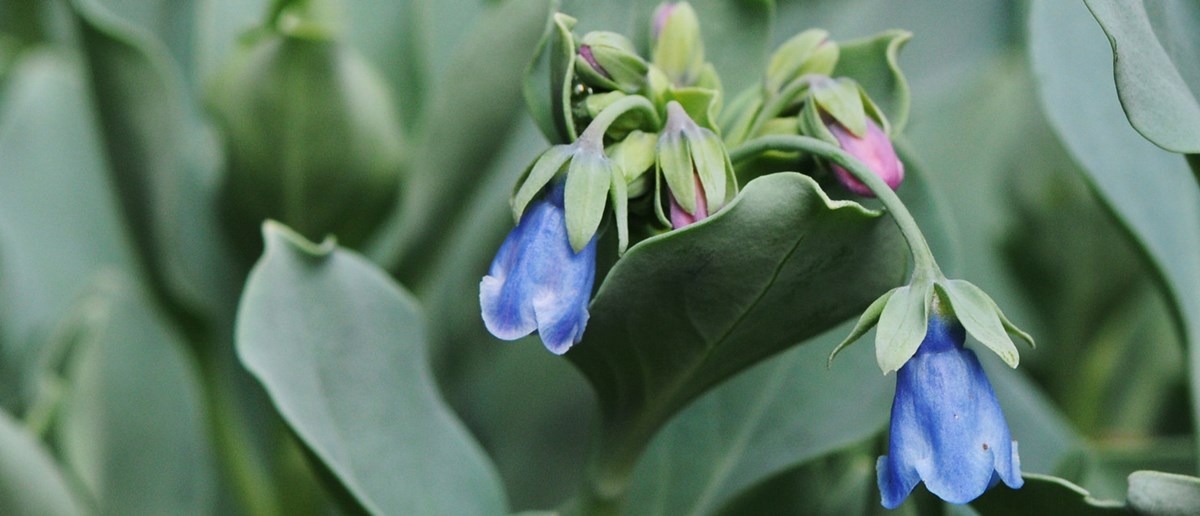Working on conservation in the Rock Garden

A new section with Scandinavian plants was inaugurated in the Rock Garden in spring 2012. Wild, beautiful and endangered Scandinavian plants are shown here. Botaniska’s scientific curator Mats Havström tells us about the work involved in creating this section.
Biodiversity is vital for the survival of ecosystems and human beings. In Sweden, 11 % of all native seed-producing plants (flowering plants, conifers and ferns) are extremely or strongly threatened by extinction according to the Red List from 2010. The Red List is produced by experts who evaluate information from research, environmental monitoring, and amateur biologists. This information is then compared using international, formalised criteria.
Cultivating endangered plants outside their original natural habitats is a way of conserving them for future generations:
"The Scandinavian section is an investment not only to draw attention to and manifest our native flora, but also to conserve endangered species", says Mats Havström. Beautiful, interesting and representative plants have been selected and several of them are endangered. Particular emphasis has been put on alpine plants, grove plants, seashore plants and plants from Öland, Gotland and the Västgöta hills.
Mats Havström has made several collecting trips to gather plant material for the new section. Apart from collecting trips, seed exchange with other botanical gardens is ongoing all the time.
Parallel to the collecting trips, new cultivation beds with sand and peat have been built up in the Scandinavian section, which was previously the Flora Hellenica section in the Rock Garden. It consists of several limestone walls with exposure towards different points of the compass. Each plant demands its own unique environment:
"Using peat instead of soil has turned out to be very successful for many alpine plants", explains Mats Havström.
Getting the seeds collected to germinate is a handicraft requiring knowledge and fingertop sensitivity. Only when the seeds have become small plants do they get planted out in the Rock Garden. There is a lot to consider when deciding where in the Garden the various plants should be placed. Knowledge and experience of botany, horticulture and aesthetics must all be in agreement:
"In the end it's all about gut feeling", concludes Mats Havström.






